To help achieve the UK’s net zero target, it is essential to refurbish underperforming windows and facades to enhance the efficiency of existing buildings. Embracing a circular economy approach involves recovering and remanufacturing resources and materials from these products within a closed-loop system. Therefore, clients and contractors need to collaborate with supply chain partners to facilitate a closed-loop methodology.
Sustainability: Step-By-Step
Why it’s important:
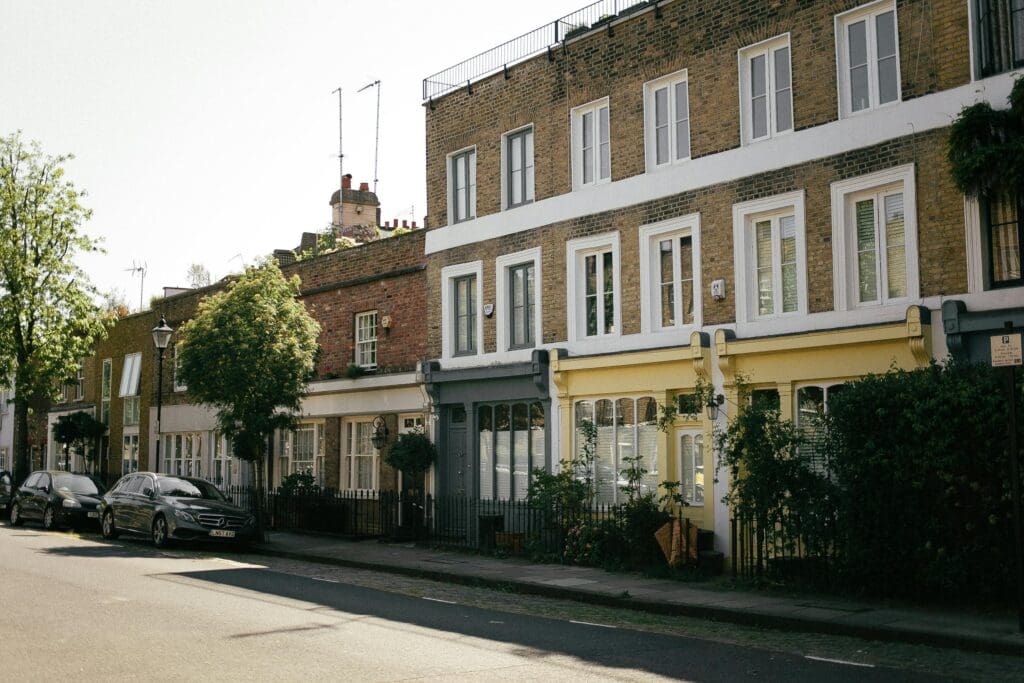
Our Approach
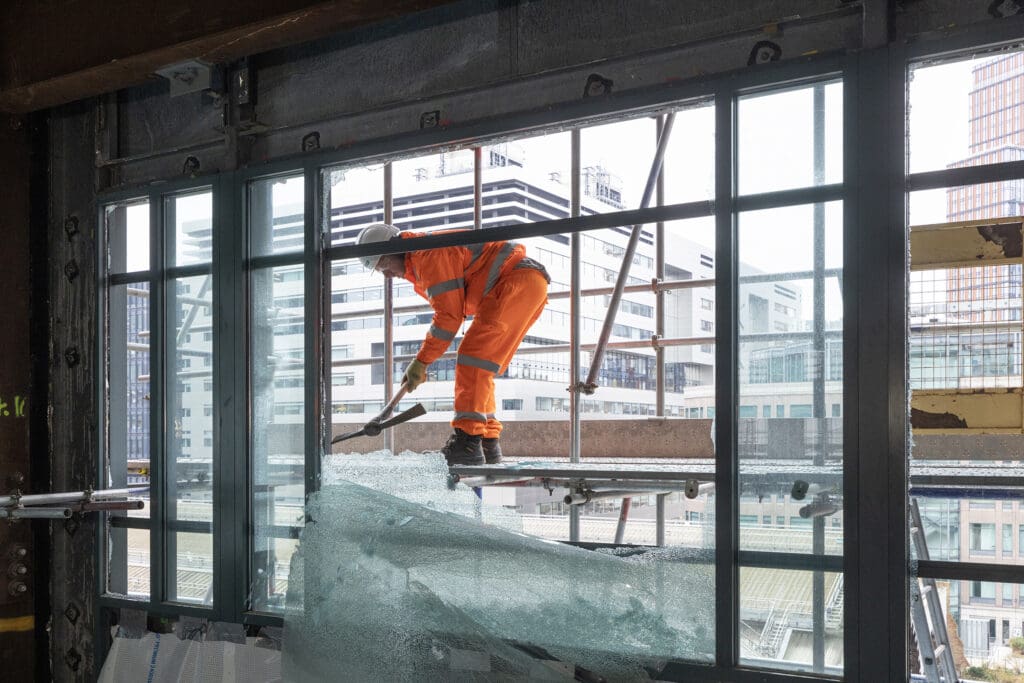
Working with industry partners such as deconstruction specialists and new window and façade installers, we collaborate with both pre- and post-consumer customers to recover waste insulated glass units or single sheets of flat glass.
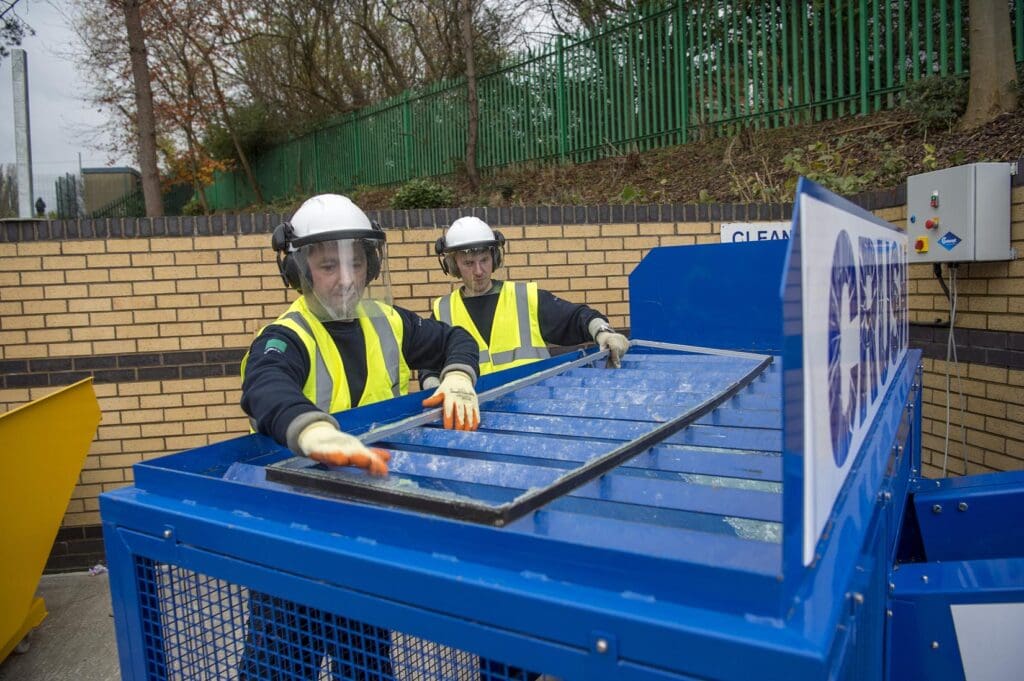
Waste glass from pre- or post-consumer customers can be transported to our processing partners, where automated glass-crushing machines can efficiently transform the waste glass into cullet.
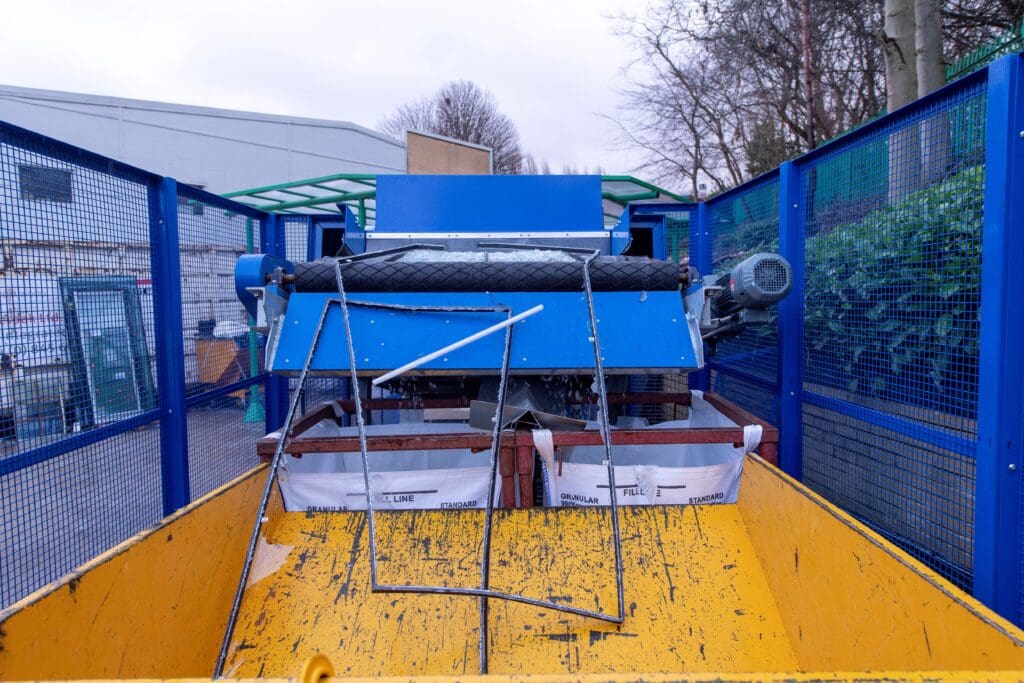
We have developed and patented a specialised glass-crushing machine that can not only break down the waste glass but also segregate and separate the old spacer bars.
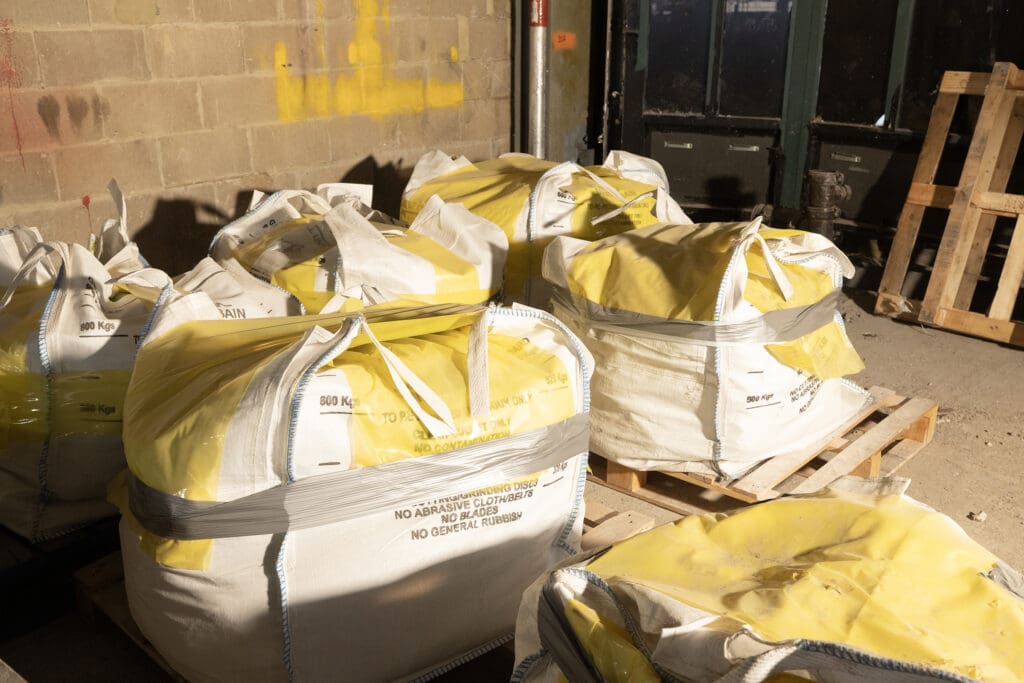
The cullet produced from the waste glass is then transported back to our factory in Eggborough, Yorkshire, utilising a range of transportation methods selected to best suit the specific site and project requirements.
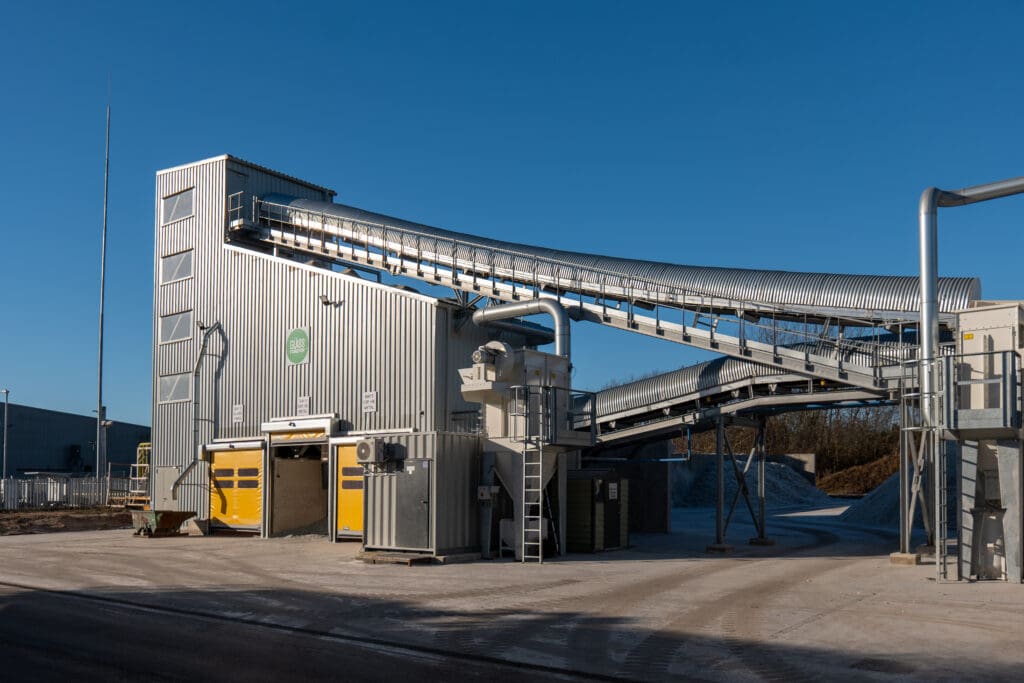
The cullet is then processed in our dedicated cullet facility, where it undergoes thorough cleaning and treatment to remove any potential contaminants, such as nickel, ensuring it meets the high-quality standards required for reuse in new glass production.
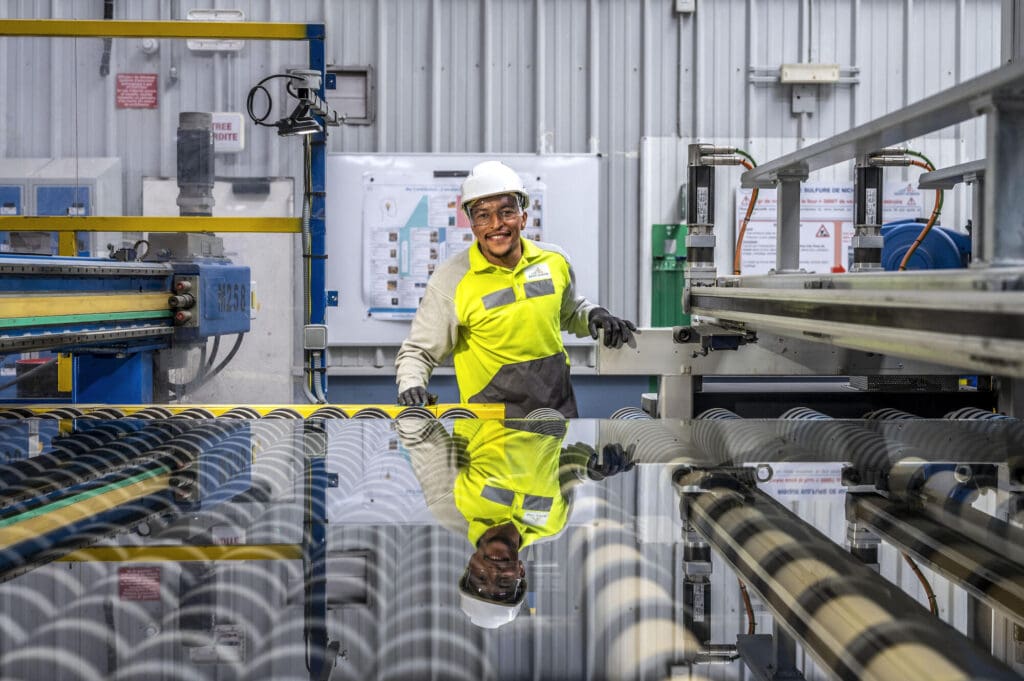
The purified cullet is then blended with other raw materials at our manufacturing facility and remelted to produce new, high-performance flat glass products.
What’s Unique About Saint-Gobain Glass?
First established in 2001, our sustainability initiatives have grown significantly and are known today as Glass Forever, over the years we’ve been learning and adapting our methodology to maximise opportunities with cullet. For example, as with monolithic’ glass, we can remanufacture laminated glass, a process which was previously highly difficult. The laminated glass is processed and introduced into the furnace without impacting the quality of the new glass or increasing emissions.
We’ve also innovated a series of patented glass-crushing machines, allowing us to scale up our glass-processing operations safely and practically while averting potential cullet contamination. A prime illustration of our innovation is our mobile crushing machine, ingeniously housed within a recycled shipping container. This setup empowers Saint-Gobain Glass to readily deploy our technology to significant deconstruction sites throughout the UK.
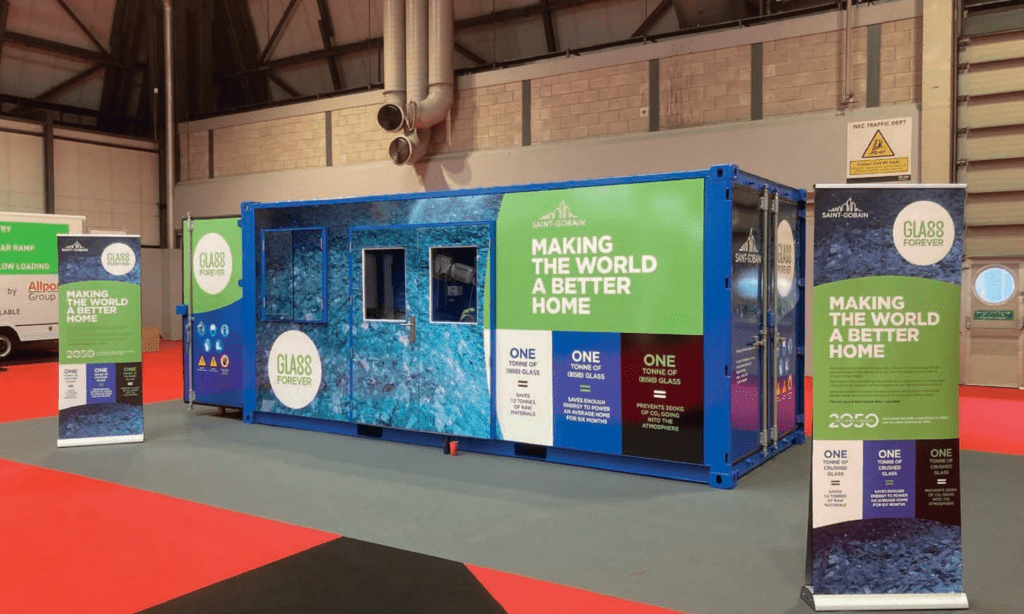
Curious To Know More?
Download a copy of our Glass and the Built Environment Brochure to learn more about our approach to sustainability with Glass Forever.